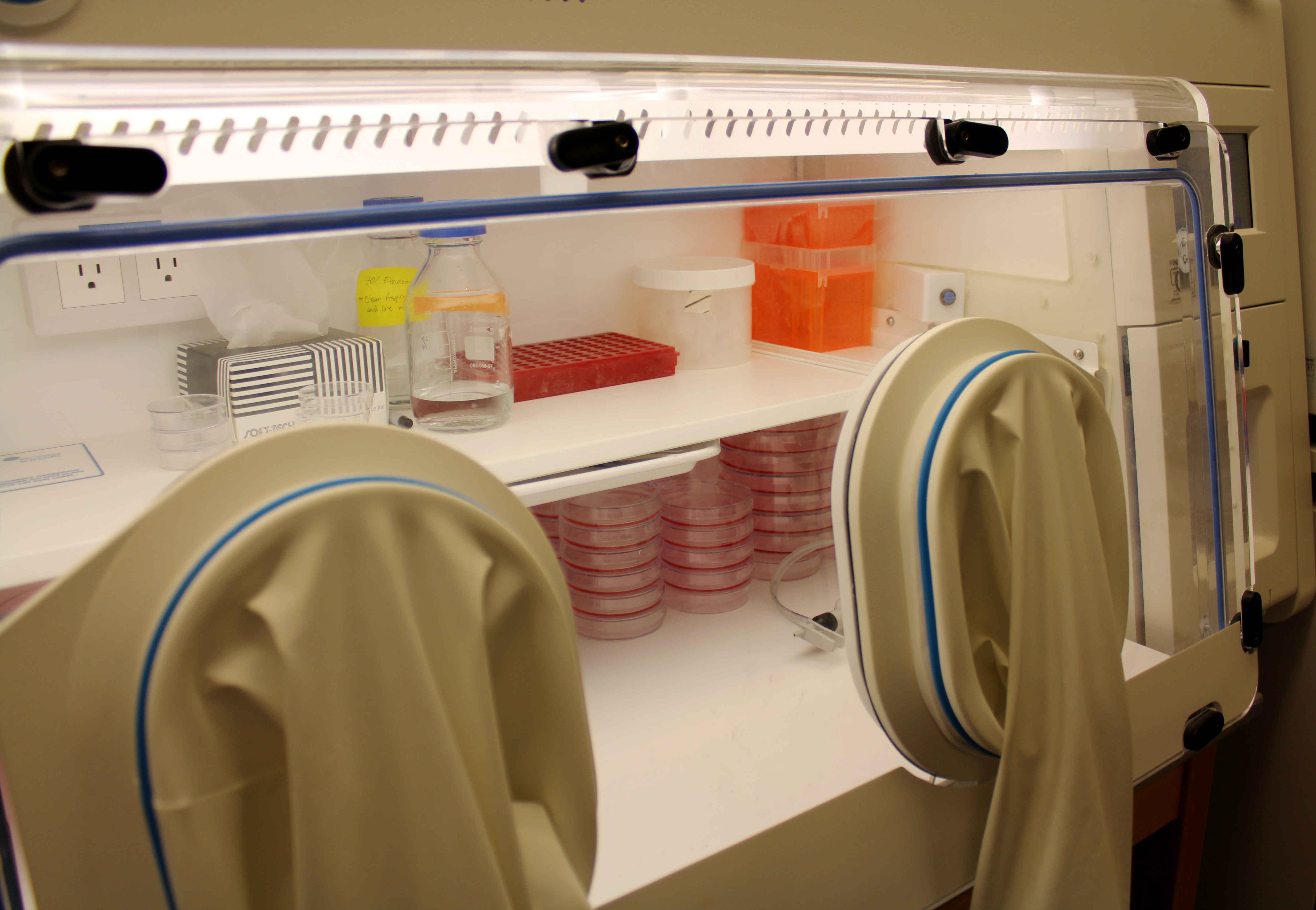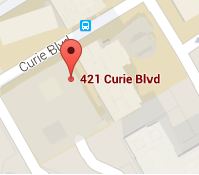Research Interests

The research interests of our laboratory lie at the intersection of image-guided interventions, cancer and vascular biology, and molecular and advanced 3D imaging.
Cancer Biology
Interventional oncology represents the fourth arm of cancer therapy offering locoregional treatment approaches for a variety of malignancies. These approaches apply minimally invasive procedures to target cancer using percutaneous or endovascular techniques. In using imaging to directly modulate the tissue environment of the targeted cancer, these techniques provide a unique lens through which to study the tumor microenvironment. The tumor microenvironment comprises complex interactions between cancer cells and the stroma including immune cells, fibroblasts, the extracellular matrix as well as vascular networks. Our interests focus broadly on the study of the tumor microenvironment and how alterations in the tumor microenvironment affect subpopulations of cancer cells as well as how they influence the interactions of stromal cells with the tumor. Given that these are in vivo phenomena, the development of novel in vivo molecular imaging strategies is implicit in order to characterize these interactions. These studies will lead to new therapeutic targets and imaging strategies that can be applied for new and improved interventions. Current projects in the lab emphasize this goal in the context of a variety of disciplines including molecular biology, metabolism, immunology, bioengineering and imaging physics.
Vascular Biology
End stage renal disease (ESRD) is a pressing healthcare issue with greater than 800,000 patients currently being treated at an estimated annual expense of $42 billion. Approximately 82% of ESRD patients receive hemodialysis through an arteriovenous graft (AVG) or arteriovenous fistula (AVF) and interventional radiologists play a central role in the management of these life sustaining conduits. Sufficient blood flow through dialysis vascular access is fundamental for adequate hemodialysis; however, primary patency (absence of flow limiting stenosis or thrombosis) of vascular access is a limiting morbidity. Primary patency rates for AVF and AVG at one year are 41% and 23% respectively. Furthermore, thrombosis secondary to flow limiting stenosis is the major cause of access failure. Current projects in the lab focus on the characterization of the molecular pathways underlying the inception of stenosis in hemodialysis access in order to develop novel imaging and therapeutic paradigms.
Augmented Reality
Interventional radiology is an image-guided specialty that utilizes 2D images for procedural planning and navigation. Although most medical imaging is acquired in 3D volumes, visualization of imaging has been limited to 2D monitor screens. Visualization of imaging in actual 3D space is now possible with new augmented, mixed, and virtual reality technologies. Current projects in the lab focus on virtual 3D model generation and registration using these technologies to take image guidance and IR to the next level. More Info


